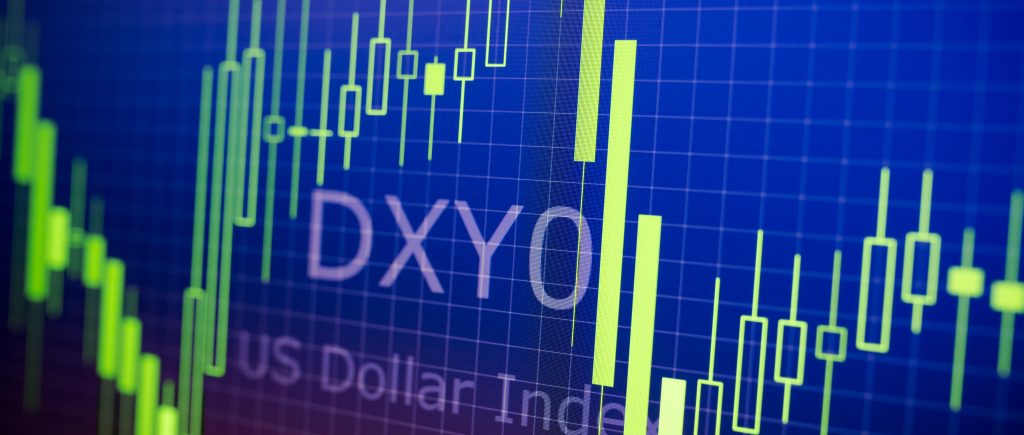The US dollar has strengthened, with the US Dollar Index (DXY) surpassing the 107.00 mark. This surge is largely attributed to escalating geopolitical tensions stemming from the slow progress in US-Russia discussions concerning the ongoing conflict in Ukraine. The lack of any tangible breakthroughs in these talks has heightened uncertainty though the talks yielded agreement in principle to go ahead, but this has fueled demand for the dollar as a safe-haven asset.
Ukraine Conflict Dominates Market Sentiment
The ongoing conflict in Ukraine and the related diplomatic efforts are significantly influencing market sentiment. The recent US-Russia talks in Riyadh yielded disappointing results, dashing hopes for a swift de-escalation or resolution. Russia’s dismissal of the need for a Trump-Putin meeting this month, citing unresolved issues, has further dimmed prospects for a ceasefire or peace agreement. This lack of progress on the diplomatic front has injected a significant dose of uncertainty into the market, driving investors towards the perceived safety of the US dollar.
Adding to the complex geopolitical landscape, Ukrainian President Volodymyr Zelensky’s comments emphasizing the crucial role of Ukraine and European nations in any “fair” negotiations have underscored the challenges involved in finding a viable path to peace. These developments have collectively contributed to a risk-off environment, bolstering demand for the dollar. The market’s focus remains firmly fixed on any news or developments emerging from the Ukraine conflict and the associated diplomatic maneuvering.
Mixed Economic Data and Fed Outlook
While the geopolitical landscape is the primary driver of the dollar’s current strength, US economic data has offered a mixed picture. The February New York Empire State Manufacturing Index unexpectedly rebounded into positive territory after several months of contraction. However, this positive data point had limited impact on the dollar’s trajectory, likely overshadowed by the larger geopolitical concerns surrounding Ukraine. Federal Reserve officials continue to assess the impact of holding interest rates steady and are generally maintaining a cautious stance.
The Fed’s sentiment, as reflected in various market indicators, remains hawkish, suggesting a bias towards tightening monetary policy if necessary. The interplay between incoming economic data, particularly inflation figures, and the evolving geopolitical situation, especially concerning Ukraine, will likely dictate the dollar’s near-term direction.
Technical Factors for the Dollar
From a technical standpoint, the US Dollar Index is encountering resistance. Although it has reclaimed the 107.00 level, sustaining these gains is proving challenging. The 20-day Simple Moving Average (SMA), a closely watched technical indicator, is acting as resistance after being breached last week. The Relative Strength Index (RSI) remains entrenched in negative territory, and the Moving Average Convergence Divergence (MACD) indicates continued bearish momentum.
Immediate support lies at the 100-day SMA around 106.30. A break below this support level could signal a short-term bearish outlook. For the dollar to experience further strengthening, it needs to overcome the resistance at 107.50 and demonstrate more robust upward momentum. However, given the prevailing geopolitical uncertainties surrounding the Ukraine conflict, technical levels may play a secondary role to headline news and shifts in market sentiment.
 Noor Trends News, Technical Analysis, Educational Tools and Recommendations
Noor Trends News, Technical Analysis, Educational Tools and Recommendations





